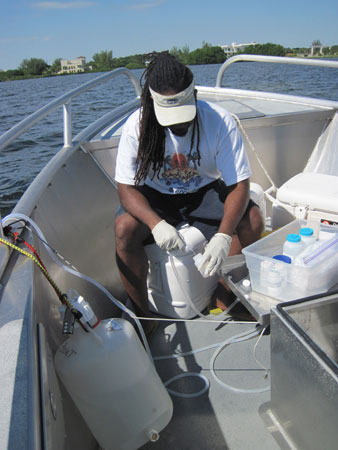Surface Water Quality
Our quality of life is dependent on clean water that will support and sustain our community needs as well as our environment and economy.
Miami-Dade County’s Department of Environmental Resources Management (DERM) monitors surface water quality throughout the County monthly. Water quality samples are collected at 87 locations along Biscayne Bay, as well as major drainage canals and tributaries leading to the Bay.
The importance of surface water quality and its present overall condition was recognized by the State of Florida, when it designated the surface waters of Biscayne Bay an Outstanding Florida Water. This designation provides for the highest levels of protection to assist in maintaining the quality of its waters.
Data collected by the County indicates that open water sites in Biscayne Bay and other tidal waters meet or are superior to federal, state and local standards for recreational use and support of healthy fish and wildlife populations.
Miami-Dade County Surface and Groundwater Quality Viewer
GIS ApplicationWater Monitoring Map
View the Locations
Environmental Resources Management
Loren Parra
Overtown Transit Village North
701 NW 1st Court,
Miami, FL 33136
305-372-6789

